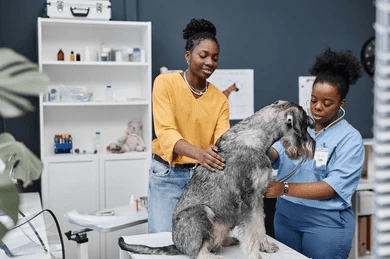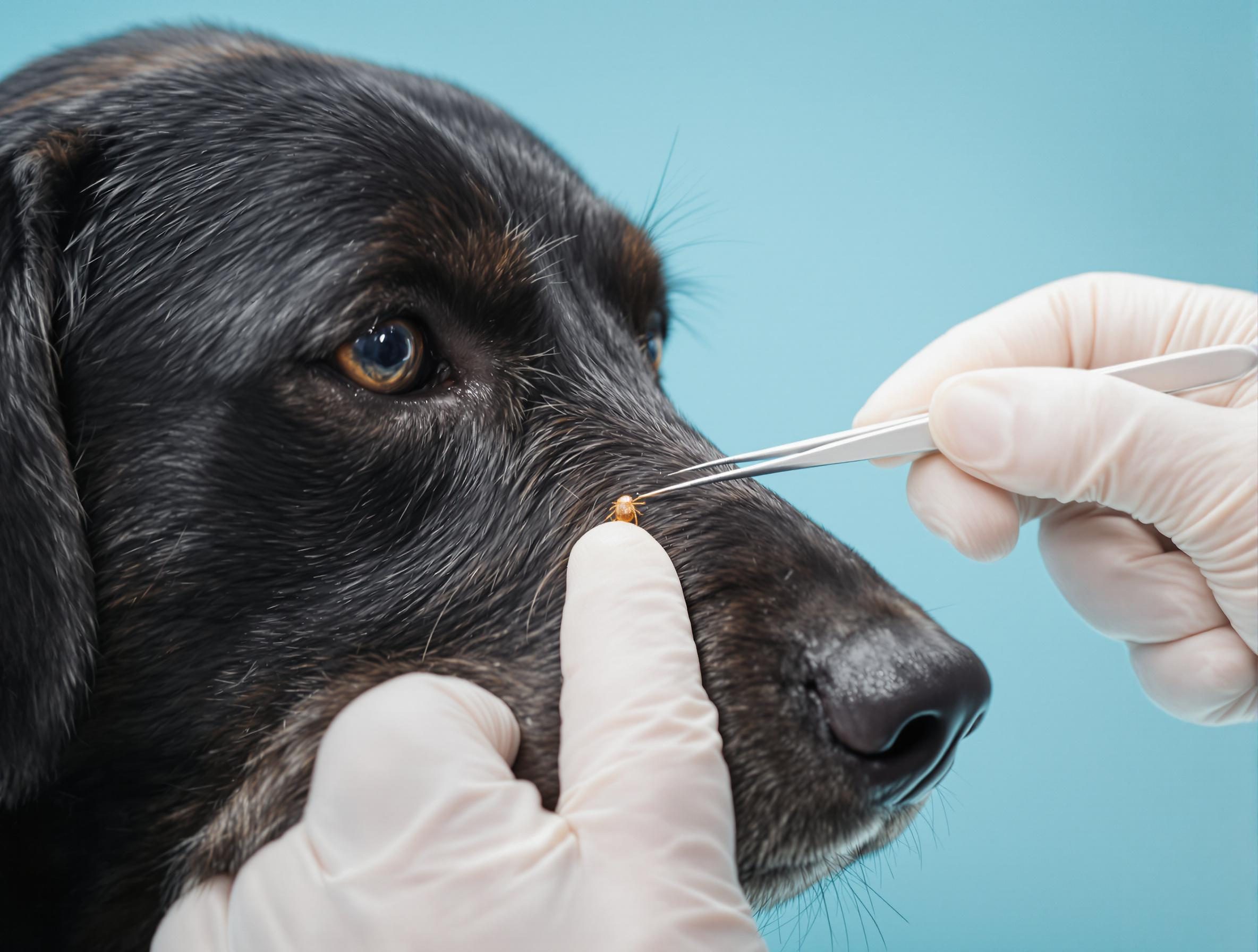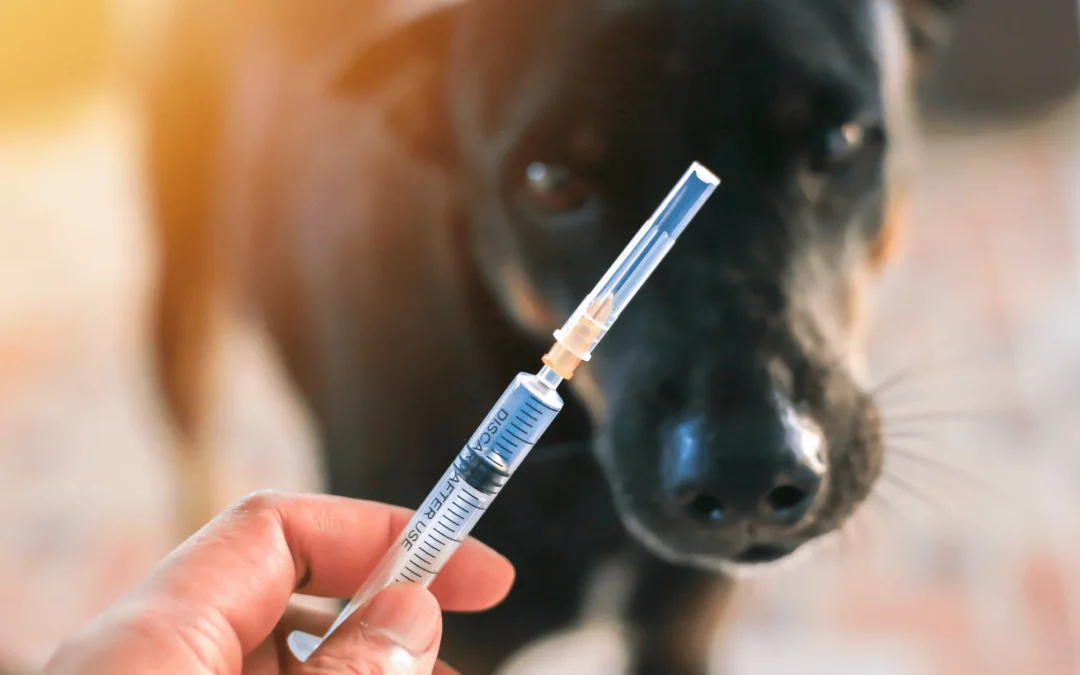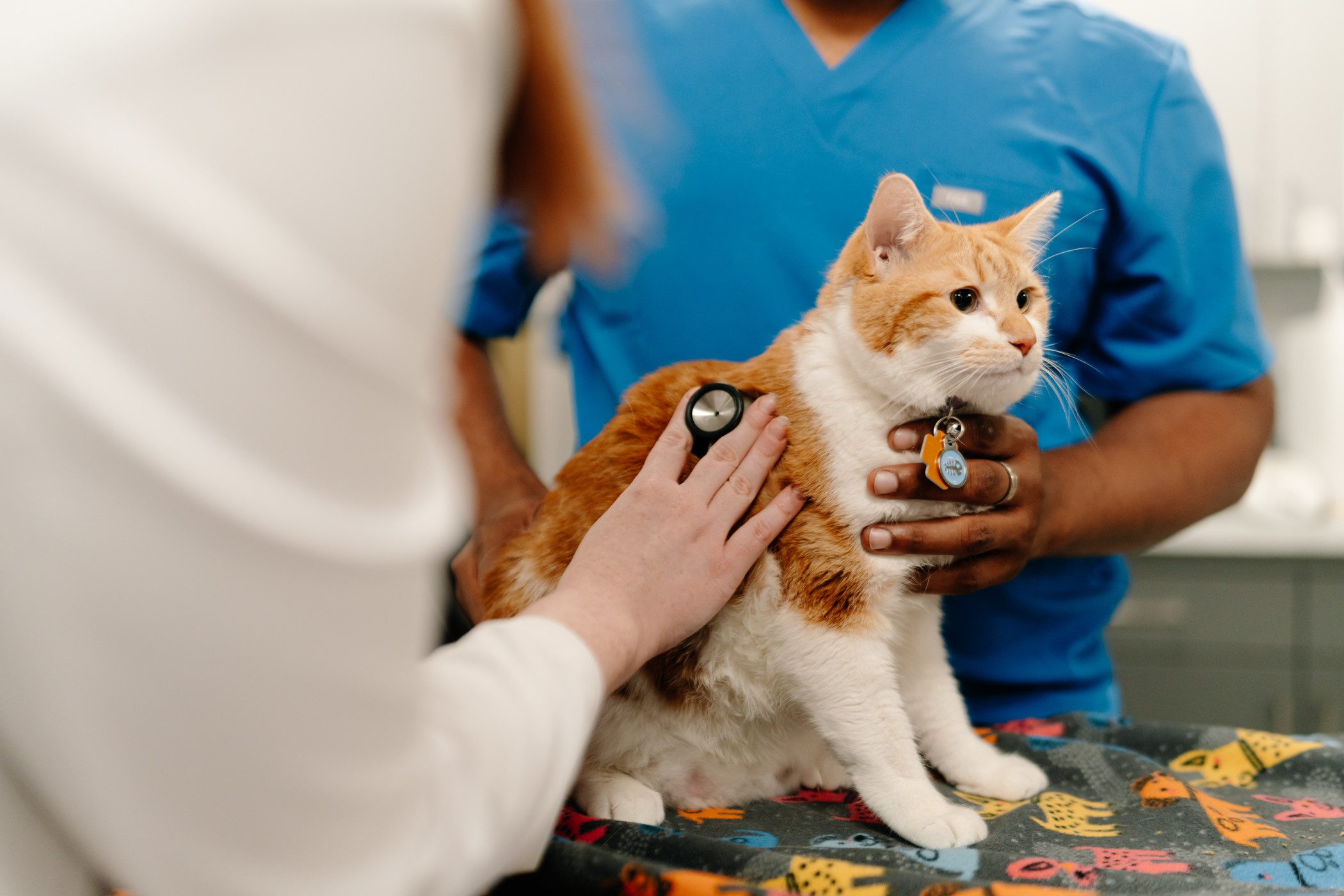
Why Regular Vet Check-Ups Save Lives: The Power of Preventive Care for Cats and Dogs
We all love our pets deeply — they bring joy, comfort, and companionship into our lives. But love alone doesn’t keep them healthy.
At BlueBlood Veterinary, we often see pets suffering from conditions that could have been prevented or treated early with routine veterinary check-ups. Regular vet visits are more than just vaccination appointments — they’re lifesaving opportunities to spot hidden problems before they become serious.
In this article, we’ll explore why preventive care matters, what happens during a check-up, and how consistent visits can add years of health and happiness to your pet’s life.
1. The Hidden Value of Regular Veterinary Visits
Pets age faster than humans — one year for us can equal five to seven for them. That means their bodies change more quickly, and diseases can progress silently.
Regular check-ups allow your vet to:
-
Detect illnesses early (before symptoms show)
-
Monitor weight, diet, and behavior
-
Keep vaccines and parasite control up to date
-
Offer tailored advice for your pet’s lifestyle and age
A single check-up can make the difference between simple treatment and a medical emergency.
2. What Happens During a Routine Vet Check-Up
A typical check-up at BlueBlood Veterinary is a full-body experience — gentle, thorough, and stress-free for your pet.
Here’s what we do:
| Examination Area | What We Check | Why It Matters |
|---|---|---|
| Eyes, ears, mouth | Infections, redness, dental issues | Early signs of systemic illness |
| Skin & coat | Allergies, parasites, infections | Reflects nutrition and immune health |
| Heart & lungs | Heart rate, breathing sounds | Detects murmurs or respiratory problems |
| Abdomen | Liver, kidney, and organ health | Identifies swelling or pain |
| Joints & muscles | Mobility, stiffness | Detects arthritis or injuries |
| Weight & nutrition | Body condition score | Prevents obesity or malnutrition |
These assessments allow us to create a personalized wellness plan for each pet.
3. Vaccinations: A Shield Against Deadly Diseases
Vaccinations are one of the cornerstones of preventive veterinary medicine.
Core vaccines for dogs include:
-
Rabies
-
Parvovirus
-
Distemper
-
Hepatitis
For cats:
-
Rabies
-
Feline panleukopenia
-
Calicivirus
-
Herpesvirus
At BlueBlood Veterinary, we customize your pet’s vaccination schedule based on age, lifestyle, and environment — ensuring maximum protection with minimal stress.
4. Early Disease Detection: Catching Problems Before They Escalate
Pets are masters at hiding pain. Often, by the time you notice symptoms, the disease has progressed.
Regular check-ups include diagnostic screening that can reveal:
-
Kidney or liver disease through blood tests
-
Diabetes via glucose monitoring
-
Heartworm or tick-borne illnesses
-
Tumors or cysts through palpation and imaging
Early detection means less suffering, lower costs, and better outcomes.
5. Senior Pet Wellness: Extra Care for Aging Companions
Older pets require special attention. At BlueBlood Vet, we recommend biannual check-ups for senior animals (7 years+).
During these visits, we monitor:
-
Arthritis or mobility issues
-
Organ function through lab work
-
Dental and vision changes
-
Cognitive or behavioral decline
With proper monitoring, your senior pet can remain active, comfortable, and happy well into their golden years.
6. The Role of Bloodwork and Diagnostic Tests
Blood tests are windows into your pet’s internal health.
Even if your pet looks fine, subtle changes in organ function can go unnoticed without diagnostics.
Common tests we perform:
-
Complete Blood Count (CBC): Checks red/white cells for infection or anemia.
-
Biochemistry Panel: Evaluates organ performance.
-
Urinalysis: Detects urinary infections and kidney health.
-
Fecal Exams: Screens for internal parasites.
Routine testing helps us act before illness becomes visible — truly preventive care in action.
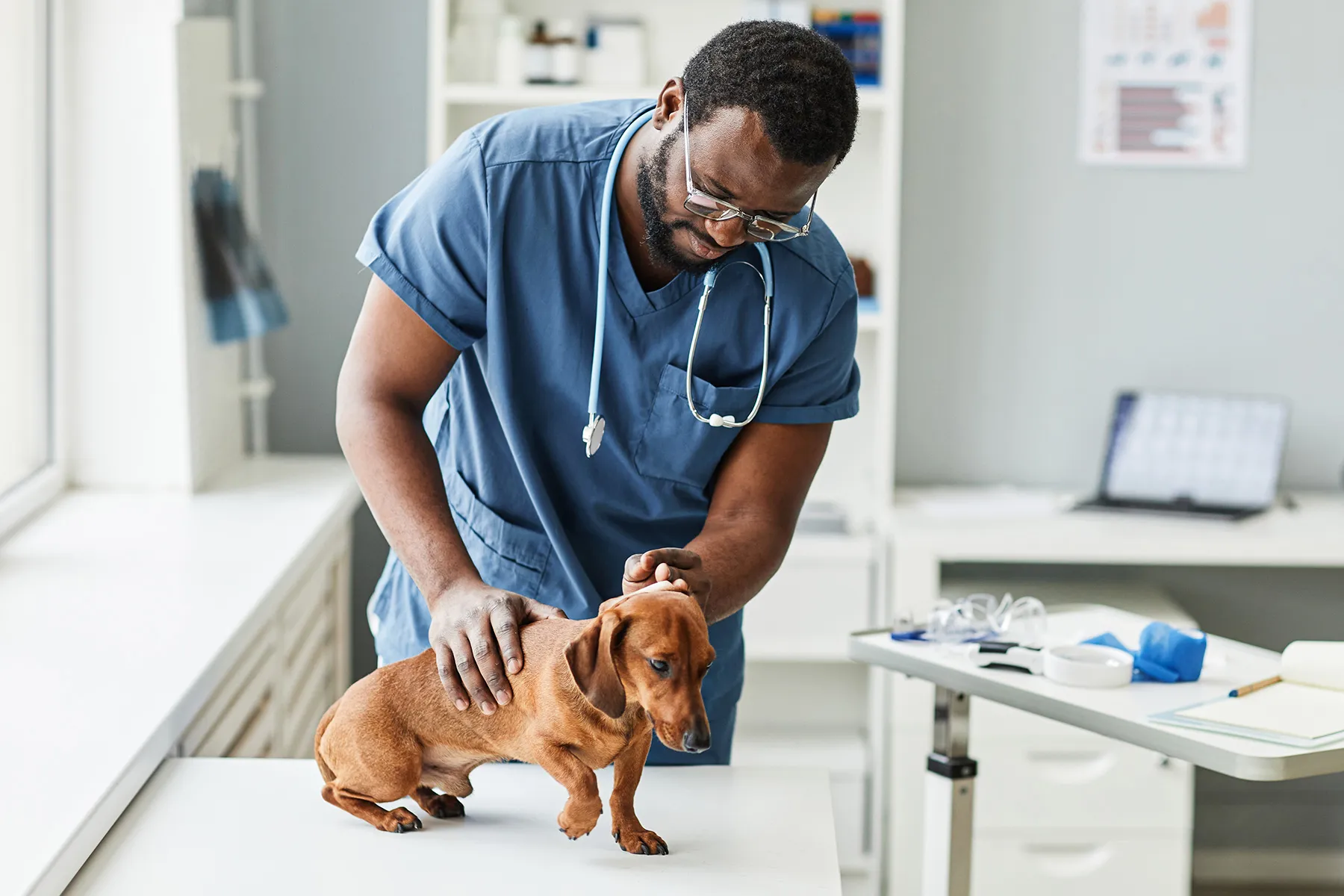
7. Parasite Control: Keeping Pests Away All Year
Regular vet visits ensure your pet stays protected from ticks, fleas, worms, and heartworms — parasites that cause discomfort and transmit dangerous diseases.
BlueBlood Veterinary’s prevention protocol includes:
-
Monthly topical/oral treatments
-
Deworming schedules (every 3 months)
-
Tick/flea checks during each visit
-
Environmental guidance to stop reinfestation
Preventing parasites is far easier and cheaper than treating infestations later.
8. Dental Check-Ups: Beyond Brushing
Oral health is directly linked to organ health. During regular visits, our veterinarians inspect your pet’s mouth for early signs of dental disease — often invisible to owners.
We check for:
-
Gum redness or swelling
-
Loose or broken teeth
-
Tartar buildup
-
Oral tumors
Routine cleanings and professional scaling prevent infections that can spread to the bloodstream.
9. Behavior and Lifestyle Counseling
Pets’ behaviors can often indicate underlying health or emotional issues.
Regular visits help our vets guide you through challenges like:
-
Anxiety and aggression
-
Excessive licking or scratching
-
Dietary adjustments for picky eaters
-
Exercise plans for overweight pets
Our holistic approach ensures your pet’s physical and emotional well-being.
10. Spaying, Neutering & Reproductive Health
Routine check-ups are the best time to discuss spaying or neutering, which helps:
-
Prevent unwanted litters
-
Reduce risks of cancers and infections
-
Improve behavior and lifespan
Our experienced surgeons perform these procedures safely and compassionately — always putting your pet’s comfort first.
11. The Financial Wisdom of Preventive Care
Many pet owners worry that frequent vet visits are costly. But here’s the truth:
Preventive care saves money.
Treating early-stage illness costs far less than managing advanced disease. For instance:
-
Dental cleaning costs less than oral surgery.
-
Vaccinations are cheaper than hospital stays for parvovirus.
-
Parasite prevention is more affordable than treating tick-borne disease.
Think of check-ups as an investment in your pet’s future — and your peace of mind.
12. How Often Should You Schedule a Check-Up?
| Pet Age | Recommended Frequency | Focus Area |
|---|---|---|
| Puppies & Kittens (0–1 year) | Every 3–4 weeks | Vaccines, deworming, nutrition |
| Adults (1–7 years) | Every 6–12 months | Wellness exams, parasite control |
| Seniors (7+ years) | Every 6 months | Bloodwork, joint health, chronic disease monitoring |
At BlueBlood Vet, we offer flexible packages that make regular check-ups affordable and easy to remember.
14. FAQs — Routine Vet Check-Ups
Q1: How often should I take my pet for a check-up?
At least once a year for healthy adults; every 6 months for seniors or pets with chronic conditions.
Q2: What if my pet seems perfectly healthy?
Many diseases develop silently. Regular check-ups catch them early — when treatment is easiest.
Q3: Are annual blood tests necessary?
Yes, especially for aging pets. They reveal hidden issues like liver or kidney problems before symptoms appear.
Q4: Can I combine check-ups with vaccinations?
Absolutely. Most pet owners do both in the same visit — it saves time and stress.
Q5: What’s included in a BlueBlood Vet wellness exam?
Physical exam, vaccinations, parasite prevention, dental check, and lifestyle guidance tailored to your pet.
Q6: Do you offer reminders for next visits?
Yes! We send friendly reminders so you never miss your pet’s next wellness milestone.
15. Healthy Pets, Happy Hearts
Regular vet visits aren’t just appointments — they’re lifelines.
They give your pet the best chance for a long, healthy, joyful life — and give you peace of mind knowing you’re doing everything right.
At BlueBlood Veterinary, we’re passionate about preventive care.
Every check-up is a chance to build trust, catch disease early, and celebrate your pet’s well-being.
🐾 Book your pet’s wellness check today with BlueBlood Veterinary — where modern medicine meets compassionate care.


